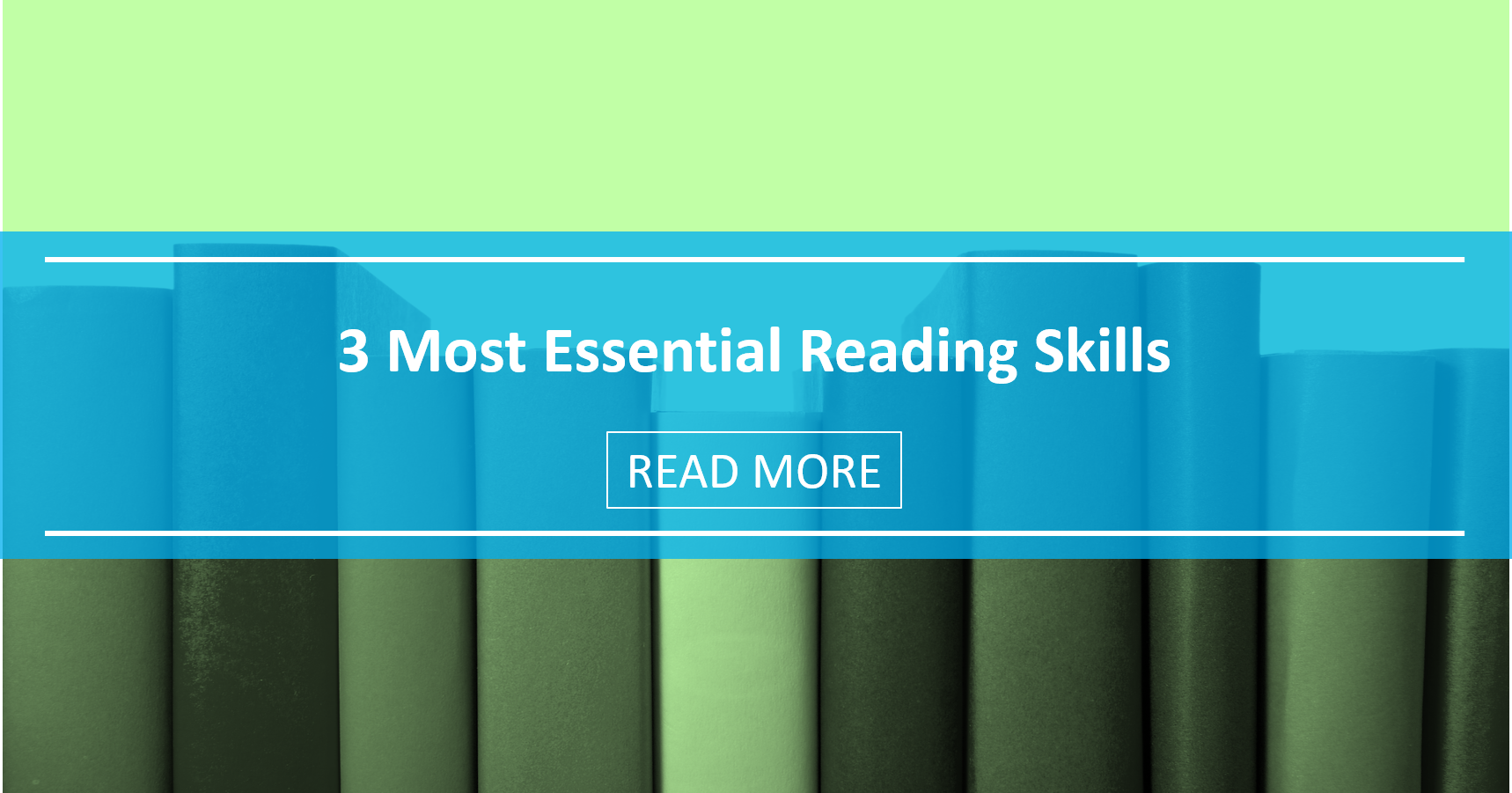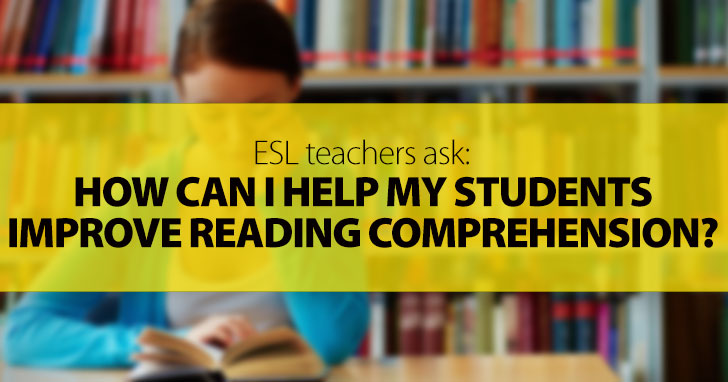3 Most Essential Reading Skills Your Students Need


“I typically teach students who sit for major international examinations like the Cambridge ESOL or the TOEFL. Most of them struggle with the reading passages. The problem is they need to understand these texts, but they need to do it fast because of the time constraints. How can I help students improve reading comprehension?” *
It’s a skill that could help them in their job performance or overall communication in English. Whatever the case may be, there are three key aspects to improving reading comprehension: vocabulary, reading strategies and practice.
Note: For the purposes of this article, we’ll focus on reading comprehension for practical purposes like test taking, not reading for pleasure.

More often than not, reading comprehension is dependent on the vocabulary students know and understand. The more technical and difficult the reading texts become, the more the reader must rely on grasping the vocabulary. The readings that appear in the TOEFL for example are particularly academic or scientific, not the type of thing any student can understand without some serious vocabulary building. So here’s what you can do to build your students’ vocabulary:
As students work to acquire the vocabulary they will need to better comprehend texts, they will also need to learn some reading strategies that will be useful for them. Let's bear in mind that we’re dealing with texts they need to read and comprehend FAST. They don’t have the time to read slowly, re-read, take notes or look up words in the dictionary. So, which reading strategies will be the most useful for them? There are mainly two: skimming and scanning.
Some may argue that students should sit back and slowly read a text word for word, then simply answer the questions, and move on to the next exercise. But chances are they will have to scan the text for the answers anyway, and unless they’ve completed the other sections of the test super fast, they won’t have time for a thorough reading. This is why skimming and scanning are great strategies to implement.
Nothing beats repeated and extended practice. Students must be able to read texts that are similar to those that will appear in the test. Students must also be able to comprehend texts that are similar but are found in real life sources, like newspaper or magazine articles. Finally, they must have plenty of timed practice. Learners need to learn to manage the time they are allotted for the completion of the test sections.
There are plenty of scenarios where students may have to read and comprehend a text under pressure or within a specific time limit. These are not just exam reading skills; these are essential skills that will help them communicate more effectively in English.